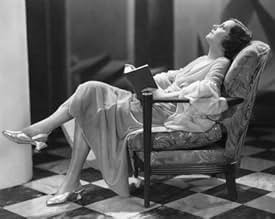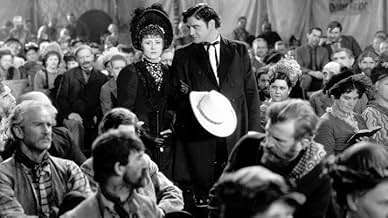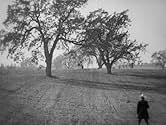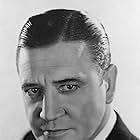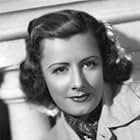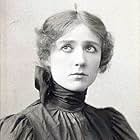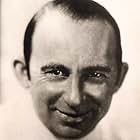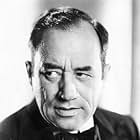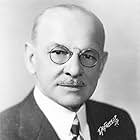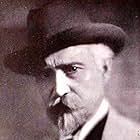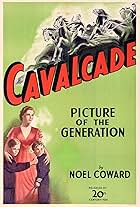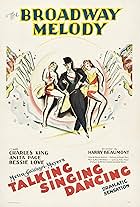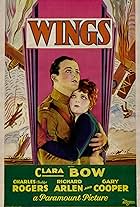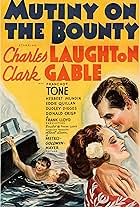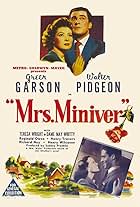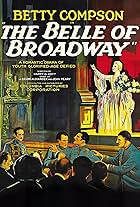IMDb RATING
5.8/10
7.1K
YOUR RATING
A newspaper editor settles in an Oklahoma boom town with his reluctant wife at the end of the nineteenth century.A newspaper editor settles in an Oklahoma boom town with his reluctant wife at the end of the nineteenth century.A newspaper editor settles in an Oklahoma boom town with his reluctant wife at the end of the nineteenth century.
- Won 3 Oscars
- 5 wins & 5 nominations total
Roscoe Ates
- Jesse Rickey
- (as Rosco Ates)
Judith Barrett
- Donna Cravat
- (as Nancy Dover)
Max Barwyn
- Sabra's Luncheon Greeter
- (uncredited)
Frank Beal
- Louis Venable
- (uncredited)
Tyrone Brereton
- Dabney Venable
- (uncredited)
Dolores Brown
- Adult Ruby Big Elk
- (uncredited)
Best Picture Winners by Year
Best Picture Winners by Year
See the complete list of Best Picture winners. For fun, use the "sort order" function to rank by IMDb rating and other criteria.
Storyline
Did you know
- TriviaThe justly celebrated land rush sequence took a week to film, using 5,000 extras, 28 cameramen, six still photographers, and 27 camera assistants. The scene is so iconic that, three decades later, when MGM remade the film, the camera angles for the land rush sequence remained almost identical to the original.
- GoofsDuring the period of the film set in 1907, Yancey is the Progressive Party's candidate for governor of Oklahoma. The Progressive Party did not form until 1912, and then disbanded after Theodore Roosevelt's unsuccessful third party candidacy that year.
- Quotes
Mrs. Tracy Wyatt: One of my ancestors was a signer of the Declaration of Independence.
Sol Levy: That's all right. A relative of mine, a fellow named Moses, wrote the Ten Commandments.
- ConnectionsEdited into Land of the Open Range (1942)
Featured review
In fairness to Richard Dix's overacting, Charles Bickford, one of the great character actors ever, also overacted atrociously in "Anna Christie," which was made exactly one year earlier than "Cimarron." The majority of movies didn't go from being silent to talking until 1929 and "Cimarron" was filmed in 1930, so both these films were real early talking films and the performers had not learned to down scale their performances.
The editing and cinematography were outstanding, even revolutionary for that era. The film needs to be viewed in a historic context and not compared to current films. I do agree that "Cimarron" does not hold up as well during the march of time from 1930 to 2008 as does "Public Enemy," "Little Caesar," "Scarface" but it was a complex and ambitious film adaptation of a novel by an outstanding writer, Edna Ferber.
Richard Dix's character does stand up for and vehemently support fairness to Indians and prostitutes, which was a revolutionary idea for a movie made in 1930.
I did notice that Eugene Jackson, the young black teenager, worked for 60 years in the film business, including a recurring role in "Stanford and Son," and in "Julia." Richard Dix, a major star in silent films starting in the early 1920s, peaked around the time of "Cimarron" and by the second half of the 1930s was stuck in B films but did continue his career and stared in films until his retirement in 1947.
Irene Dunne went on to super stardom for the next 20 years and made quite a few classics (check out her film list in her biography.) It is amazing!
I want to compliment the other writers who are classic film lovers but do want to state that too many readers check the not helpful box instead of the helpful box when evaluating the reviews of others. I feel that they are being too picky. After all, we are a select group of people who appreciate old films and should have support each other more as a group, unless the review is vindictive or totally uninformed.
The editing and cinematography were outstanding, even revolutionary for that era. The film needs to be viewed in a historic context and not compared to current films. I do agree that "Cimarron" does not hold up as well during the march of time from 1930 to 2008 as does "Public Enemy," "Little Caesar," "Scarface" but it was a complex and ambitious film adaptation of a novel by an outstanding writer, Edna Ferber.
Richard Dix's character does stand up for and vehemently support fairness to Indians and prostitutes, which was a revolutionary idea for a movie made in 1930.
I did notice that Eugene Jackson, the young black teenager, worked for 60 years in the film business, including a recurring role in "Stanford and Son," and in "Julia." Richard Dix, a major star in silent films starting in the early 1920s, peaked around the time of "Cimarron" and by the second half of the 1930s was stuck in B films but did continue his career and stared in films until his retirement in 1947.
Irene Dunne went on to super stardom for the next 20 years and made quite a few classics (check out her film list in her biography.) It is amazing!
I want to compliment the other writers who are classic film lovers but do want to state that too many readers check the not helpful box instead of the helpful box when evaluating the reviews of others. I feel that they are being too picky. After all, we are a select group of people who appreciate old films and should have support each other more as a group, unless the review is vindictive or totally uninformed.
- mauricebarringer
- Oct 3, 2008
- Permalink
- How long is Cimarron?Powered by Alexa
Details
Box office
- Budget
- $1,433,000 (estimated)
- Runtime2 hours 3 minutes
- Color
Contribute to this page
Suggest an edit or add missing content





